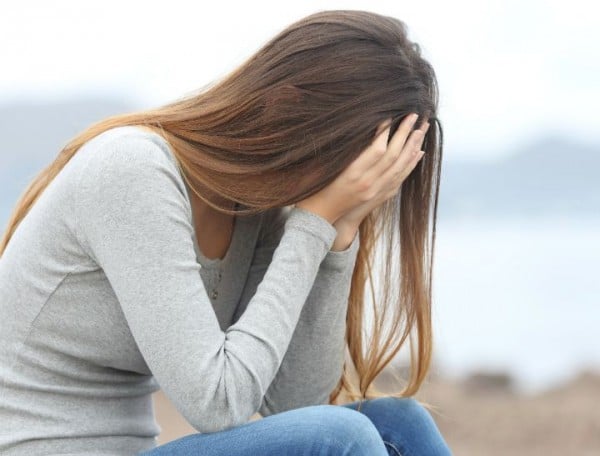
In death – as in life – women are unequal to men.
This is the message from the lead agency of the National Coalition for Suicide Prevention.
The world’s first comprehensive discussion paper about female suicide is sobering reading.
* Women have higher rates of suicidal behaviour – ideation, planning and attempts – than men.
* The number of 15- to 24-year-old women hospitalised for self-harm is up more than 50 per cent since 2000.
* There’s a 16-fold increase in the diagnosis of depression among peri-menopausal women: they have a higher suicide rate than women of all other ages.
Yet you wouldn’t know this, looking at the funding for men’s help groups.
As Suicide Prevention Australia puts it, “Even though women are highly represented in non-fatal suicidal behaviour, they are not very visible in suicide prevention programs and research”.
The reason is as old as Hippocrates and the notion of hysteria. Women who try to kill themselves are still seen as “attention-seeking”, to manipulate loved ones.
We see this throughout popular culture: think Gone Girl.
Watch the video below to see Gone Girl’s villain Amy. Post continues after video.
It’s bad enough that this attitude exists in modern society. What’s worse is its prevalence in the so-called caring professions.
“Some healthcare staff continue to lack understanding and compassion and, in their time-poor, stressful work environments, often deem suicidal behaviour as ‘attention-seeking’,” according to the paper.
This means women are seeking help after slashing their wrists, only to be turned away.




























































































